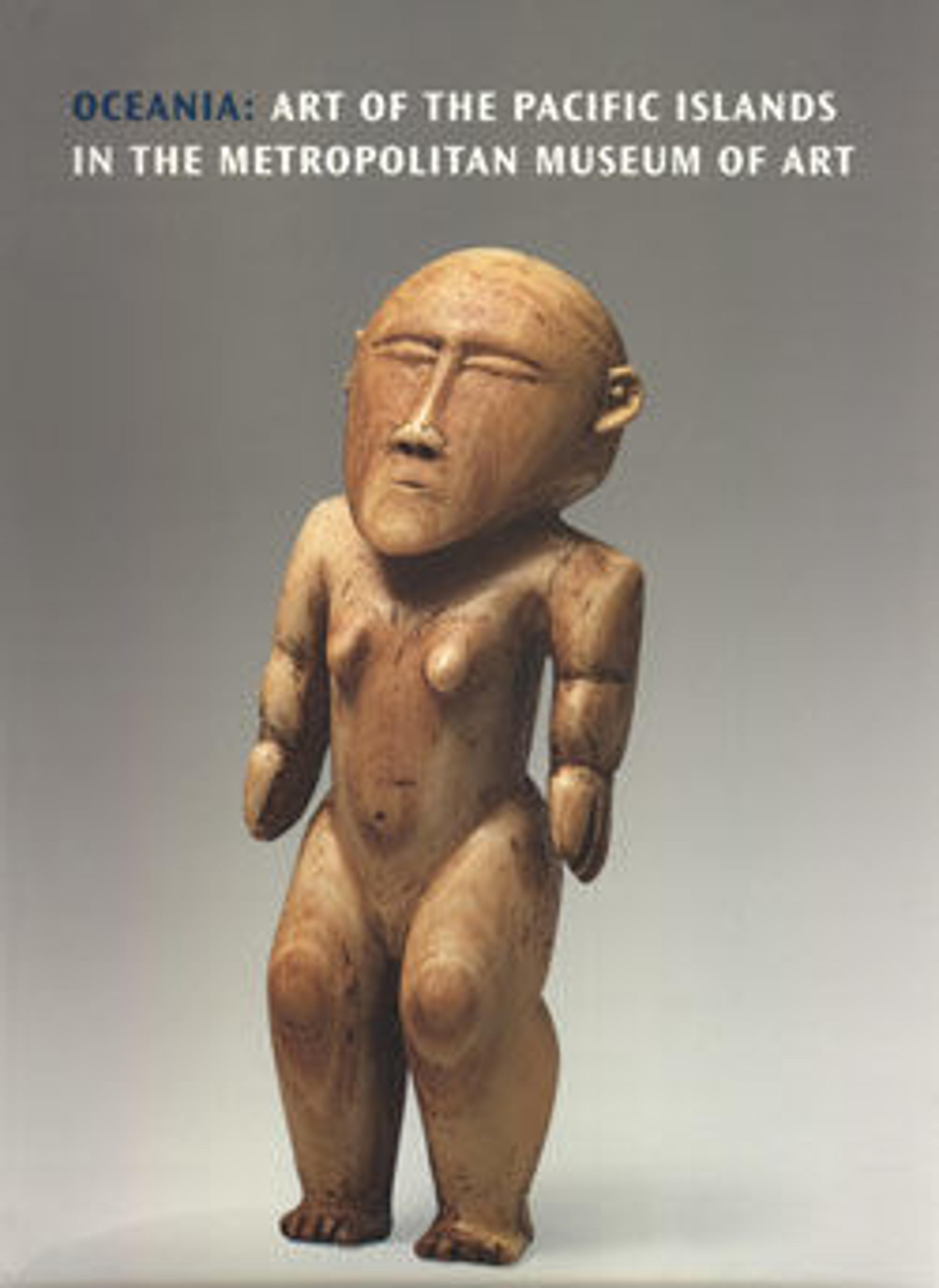Canoe Prow Charm (Munkuris)
Kula canoes in the Massim region have elaborately carved prow and stern ornaments. They are often identical, giving the canoe two "front" ends that allow the vessels to be rigged and sailed in either direction. The ornaments consist of two components, the prow ornament, seen here, which projects outward from the prow (or stern), and a splashboard, attached transversely behind it to prevent water from entering the canoe. Some prow ornaments, as in the present example, formerly had separately carved charms tied to the tip, which appear to have served a protective function. The charm attached to this prow ornament is adorned with two white birds, probably reef herons. The black motifs on their wings represent asiwan, a type of fish, and the comma-shaped forms above them depict the shell of the chambered nautilus, a relative of the octopus.
Artwork Details
- Title: Canoe Prow Charm (Munkuris)
- Date: late 19th–early 20th century
- Geography: Papua New Guinea, Massim region, Milne Bay Province
- Culture: Massim region
- Medium: Wood, paint
- Dimensions: H. 18 5/8 × W. 10 × D. 1/2 in. (47.3 × 25.4 × 1.3 cm)
- Classification: Wood-Sculpture
- Credit Line: The Michael C. Rockefeller Memorial Collection, Gift of Nelson A. Rockefeller, 1969
- Object Number: 1978.412.1492
- Curatorial Department: The Michael C. Rockefeller Wing
More Artwork
Research Resources
The Met provides unparalleled resources for research and welcomes an international community of students and scholars. The Met's Open Access API is where creators and researchers can connect to the The Met collection. Open Access data and public domain images are available for unrestricted commercial and noncommercial use without permission or fee.
To request images under copyright and other restrictions, please use this Image Request form.
Feedback
We continue to research and examine historical and cultural context for objects in The Met collection. If you have comments or questions about this object record, please complete and submit this form. The Museum looks forward to receiving your comments.
